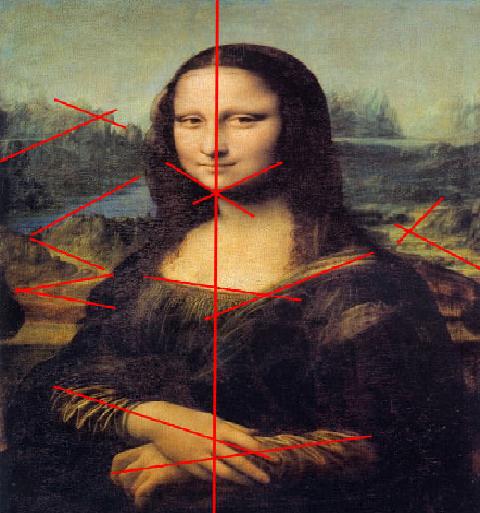How to Develop a Composition for Painting

Composition is basically the arrangement of the elements in a painting. A perfect composition makes it easy for the viewer to notice the most important thing in that piece of art. It also forces the viewer to wander their eyes around the whole painting.
Through the arrangement of elements, an artist can create a feel of calmness or movement in the painting. Similarly, composition can help you to show a strong difference between two things. Generally, it is believed that composition include unity, balance, rhythm, emphasis, pattern and proportion as main elements.
Instructions
-
1
First of all you should know what is going to be your focal point. That means you should have a clear idea about the thing on which you want the viewer’s eye to be arrested. Plan the fillers that can enhance its significance. Do not try to include too much in the painting as it will create a mess.
-
2
Follow the rule of thirds to place your focal point. For that, divide your canvas in thirds both horizontally and vertically. Then place the most important object of your painting where the lines intersect.
-
3
Do rough work before giving your final shot. The more practice means the perfect composition for the painting. Draw sketches before painting as it will be easy for you to make amends in case of any blunder.
-
4
Painting the background first can really help you to develop the composition. It’s just like setting the foundation for a building. You can place the focal point at the right place only if you have a clear idea about the reference material.
-
5
Try to think with the viewer’s mind. Remember, they do not know what you were thinking while painting so you will have to lead their eye to the focal point. Take short breaks, step back and have another look to check whether you are moving in the right direction or not.
-
6
Ask yourself if the elements of your painting have unity or not. They should be interrelated to create a pattern and develop a perfect composition. They should either be completely apart or definitely overlapped otherwise this shape will distract your viewer’s eye.
-
7
Check out how much space there is between the elements. It is not necessary to have equal spaces rather you can do an experiment with space to bring it more close to the reality. However, make sure that everything is clear and understandable.
-
8
As you are painting, stay focused to your centre of interest.







